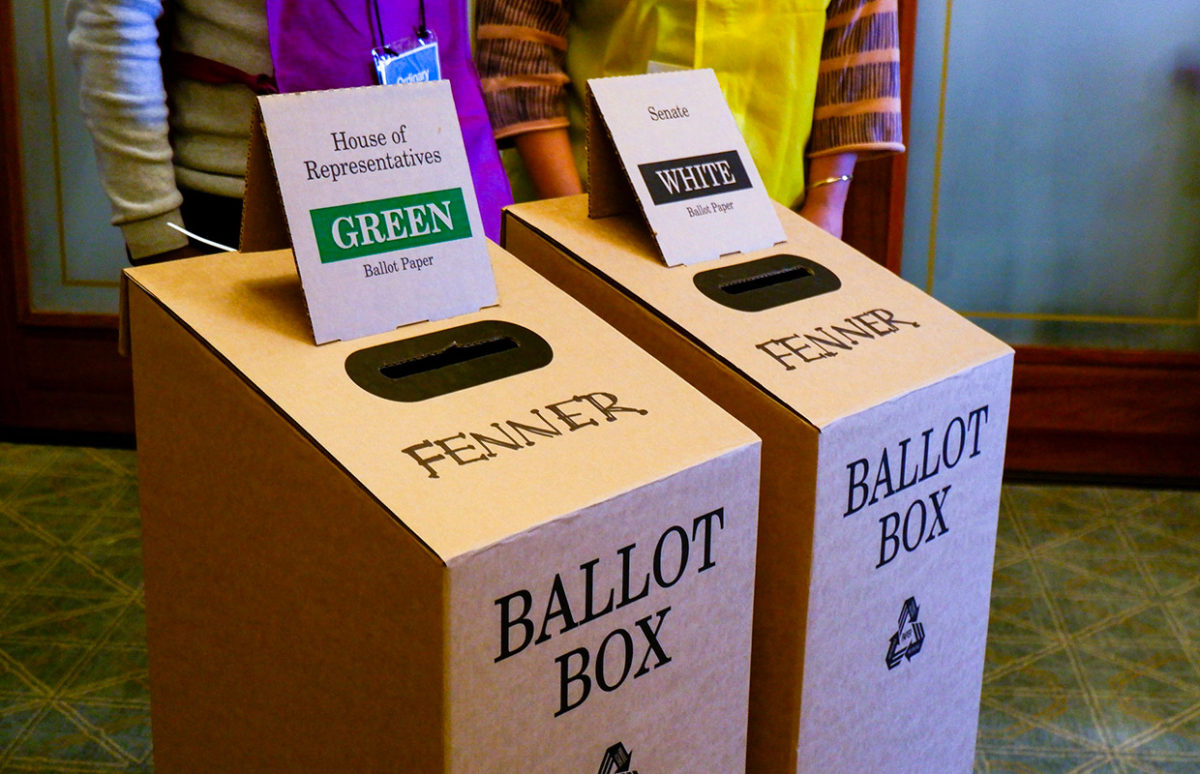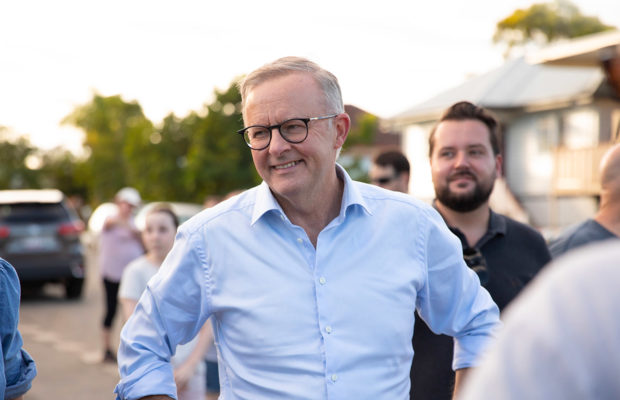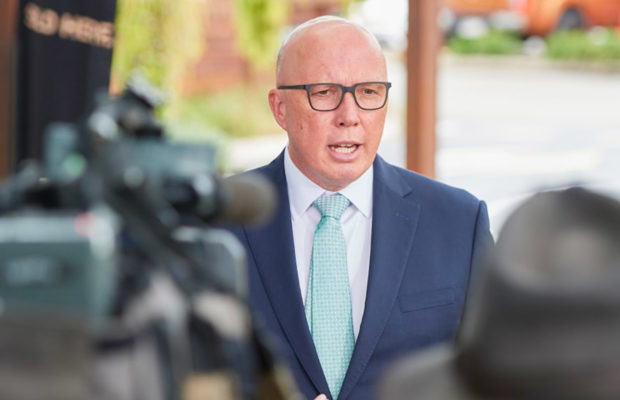Australia's Prime Minister, Labor's Anthony Albanese, has called a federal election for 5 May. Labor currently has a slim majority in parliament. Opinion polls put Labor neck and neck with the Liberal-National coalition led by Peter Dutton.
Federal elections have to be held every three years, and the latest possible date for this election was 17 May. Voters will elect both members of the House of Representatives (150 seats after some boundary changes) and the Senate (76 seats). The election campaign lasts five weeks.
Labor held off calling the election because they had been struggling in the polls. But their popularity has increased after their management of a cyclone that hit the country at the beginning of March. Labor is hoping to avoid becoming the first government not to be re-elected after a first term in a century. Rising costs of living have hampered the government, and the government lost the 2023 referendum it launched aiming to create an Aboriginal and Torres Strait Islander Voice, a consultative to advise lawmakers on issues affecting Indigenous Australians.
The Liberal-National coalition, meanwhile, is fighting to come back from the Liberal's historically low score in the 2022 election.
The leaders of both main parties are seasoned politicians with decades of experience in parliament and in ministerial roles.
The topic at the top of most voters' lists is the cost of living and inflation. Interest rates have risen 12 times during Albanese's tenure. Housing shortages and migration are also hot topics, as well as plans to ensure Australia's future energy needs. Labor plans to continue investing in renewable energy sources where as the Coalition wants to build nuclear power plants.
Other Parties
In 2022, a record number of candidates were elected who were not from one of the two major parties, either from minor parties or as independents. They currently hold 19 seats in the House of Representatives — the highest number since the two-party system was established more than a century ago.
If the election led to a hung parliament – a distinct possibility given the opinion polls – those smaller parties and independents could become big players.
Campaigning on the Climate
Fighting climate change is a big issue in the election. Following their success in the 2022 election, where they got nine MPs elected, 35 independent candidates. They are collectively known as teal independents, referencing the greeny-blue colour teal. re pushing for much more ambitious action to limit carbon emissions
They are financed by crowdfunding and through Climate200, founded by Melbourne entrepreneur and philanthropist Simon Holmes à Court, who believes that independent candidates, along with any Green party MPs, could force a coalition government. And their demand in exchange for supporting a government party would be much more ambitious environmental targets.
Compulsory voting
Australia is one of only about 20 countries around the world where voting is compulsory. Failure to make an appearance at a polling booth carries a 20AUSD fine, which doesn't seem especially dissuasive, but the proof of the pudding is in the eating: Australian elections regularly have 90% or above turnout. The policy, in place since 1924, is so ingrained that most citizens are happy to go along with it.
In this very clear short video from the BBC from the 2022 election, Judith Brett, an Australian political historian, explains the system. She argues that it tends to more moderation in politics, saying that in countries where voting is optional, parties and candidates have to up the ante to motivate voters to come out and vote.
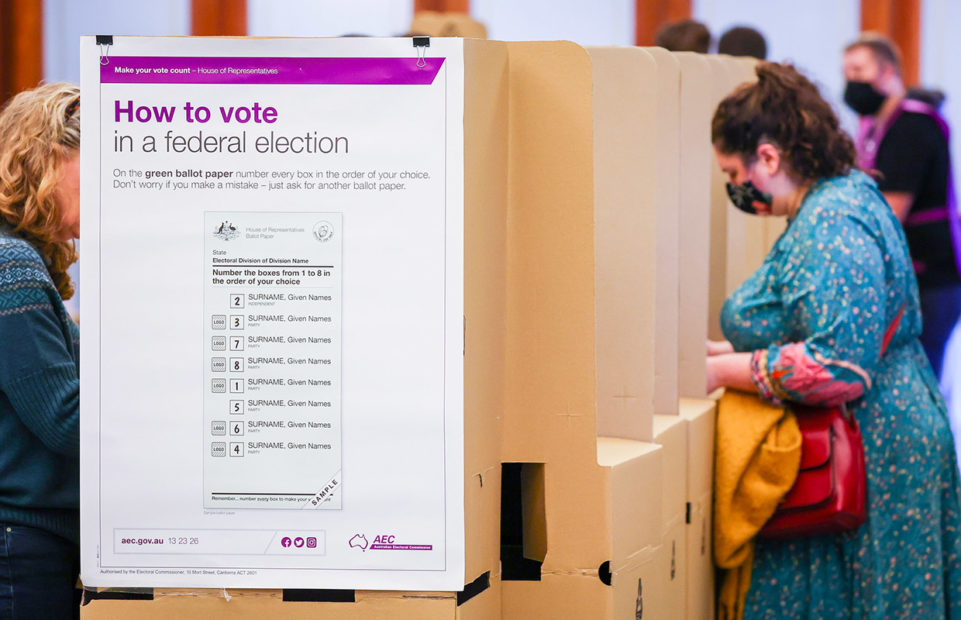
Another element pushing towards moderate, middle-ground voting, is that the Australian system is not first-past-the-post like British and most American elections. Australian voters number the candidates in order of preference. If no candidate wins more than 50% of the vote in the first count, the votes from the least popular candidates are then redistributed, and that process repeated until someone secures a majority. In this system, voters are less likely to consider that a vote for a small party or independent candidate is a lost vote, and the two big parties have to try to attract voters who aren't their natural electorate to at least place them second.
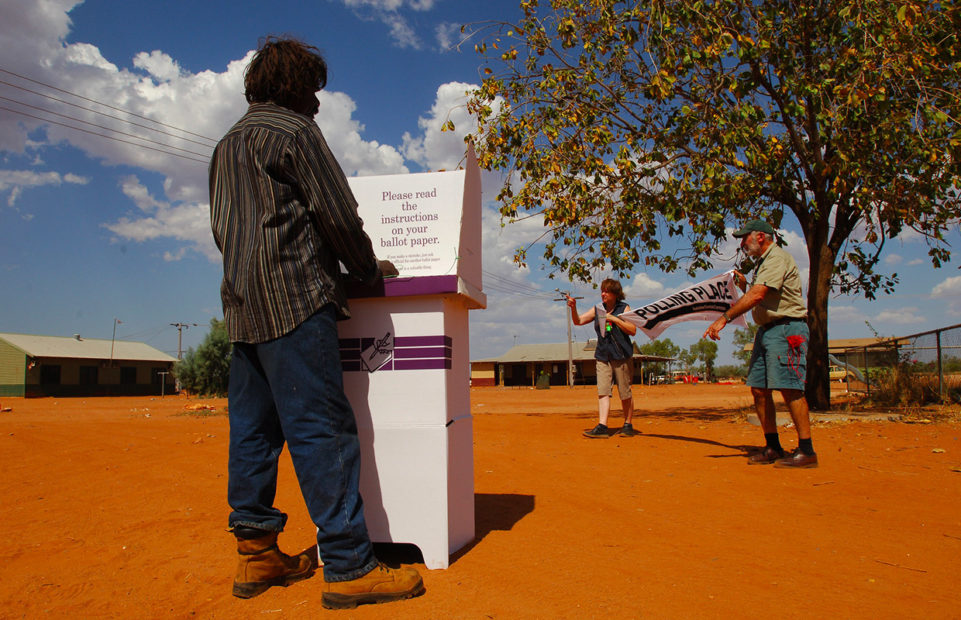
Because of the compulsory nature of voting the Australian Electoral Commission has to got to considerable lengths to ensure that polling is possible for citizens in the many remote areas of the country.
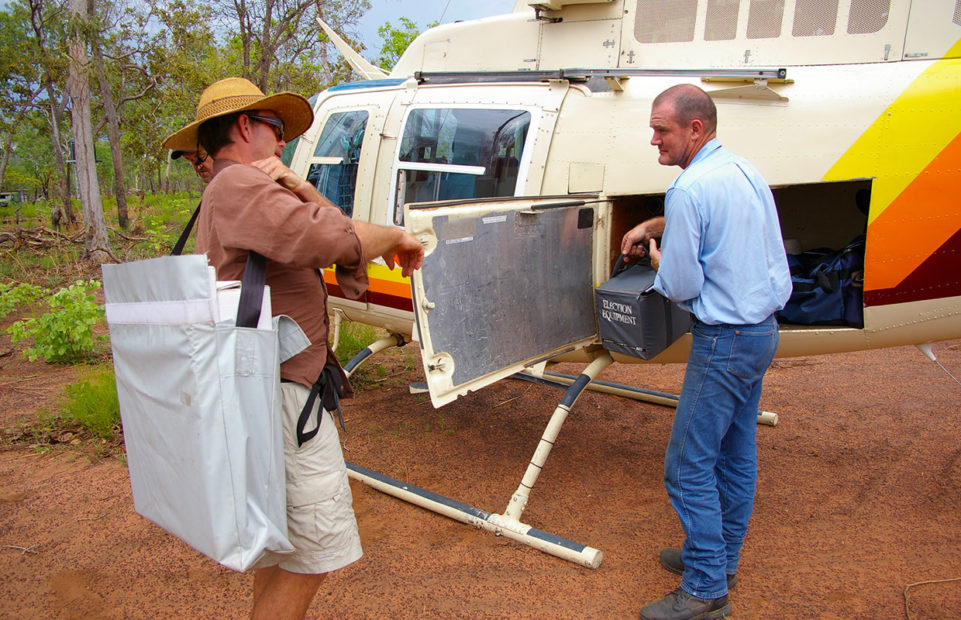
Copyright(s) :
Australian Electoral Commission
Liberal Party of Australia
Labor Party of Australia
> Australia Says No in Indigenous Representation Referendum
> Australian Election Turnaround
> Koalas in Danger
> Change in Australia’s National Anthem to Reflect Indigenous Heritage
> Australia Bans Social Media for Under-16s
> Australia
> School of the Air in Australia
> Indigenous Rap: Young Australian of the Year
Tag(s) : "Anthony Albanese" "Australia" "Australian politics" "citizenship" "climate change" "compulsory voting" "conservation" "elections" "Shine Bright AMC"





